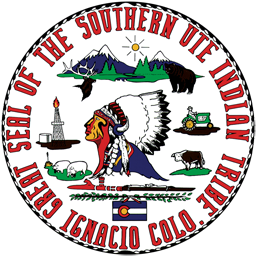The Tribe’s water quality standards serve the primary functions of (1) establishing water quality goals for water bodies on the Southern Ute Indian Reservation over which the Tribe has authority to set water quality standards and (2) providing the legal basis for regulatory pollution controls. Water quality standards describe the desired condition of a water body and the means by which that condition will be protected or achieved. Water bodies can be used for purposes such as recreation (e.g., swimming, fishing, boating), protection of aquatic life, agricultural, public water supply, industrial, navigation, and other purposes.
The Tribe’s water quality standards are intended to protect public health and welfare, enhance the quality of water, and serve the purposes of the federal Clean Water Act (“CWA”). As required under the CWA and EPA’s implementing regulation, the Tribe’s water quality standards include: (1) designated uses for Reservation water bodies, (2) numeric and narrative water quality criteria designed to protect each designated use, (3) anti-degradation policies and procedures to ensure consideration of the maintenance of high-quality waters and the protection of water quality supporting attainment of the designated uses, and (4) general policies to protect water quality. The numeric and narrative water quality criteria incorporate all of the EPA’s CWA section 304(a) criteria recommendations available when these water quality standards were developed. Any new CWA 304(a) criteria recommendations will be considered during future triennial reviews of these water quality standards.
For a copy of the Tribe’s standards please visit:
The EPA took no action on the Tribe’s adoption of the chronic aquatic life criterion for mercury, as it is EPA’s understanding that the Tribe intends to remove or replace the adopted chronic aquatic life criterion for mercury at its next WQS rulemaking opportunity
